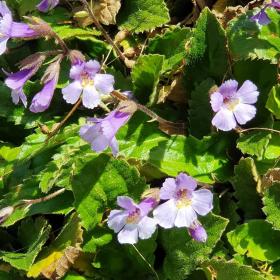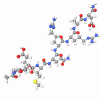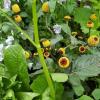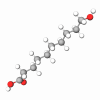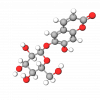Haberlea rhodopensis Friv. (Gesneriaceae) is a rare perennial herbaceous plant native to the Balkans. In Bulgaria, it can still be found in natural habitats. Haberlea Rhodopensis Leaf Extract is a poikilohydric species that is highly desiccation-tolerant and able to revive upon rehydration of vegetative tissues even after prolonged periods of complete dehydration.
Its behavior under dehydration and rehydration has been the subject of several photosynthetic and metabolic studies. The genus Haberlea counts only two species, Haberlea Rhodopensis Leaf Extract Friv. and Haberlea ferdinandi-coburgii Urum., the latter being very close to and eventually conspecific with the first.
The chemistry of the family Gesneriaceae is poorly known. Flavonoids, anthocyanins, caffeoyl phenylethanoid glycosides, tannins, zeaxanthin, and ascorbate have been reported from various genera of the family. Haberlea Rhodopensis leaf extract has been studied so far only in a phytochemical survey of the family Gesneriaceae, whereby the occurrence of myconoside, a caffeoyl phenylethanoid glucoside, was reported.
Recent studies revealed that besides known compounds Haberlea Rhodopensis leaf extract also contains flavone C-glycosides Hispidulin and its derivatives which exhibit anti-inflammatory, antioxidant, and anti-photoaging effects. Hispidulin is one of the candidates for treatment for Atopic Dermatitis.Haberlea Rhodopensis leaf extract is a clear (maybe slightly opalescent), yellowish liquid that is used in anti-aging applications for its multiple beneficial effects on the skin including the elimination of fine lines and wrinkles, prevention of degradation of ECM proteins, and struggle against dark circles and skin sagging.
